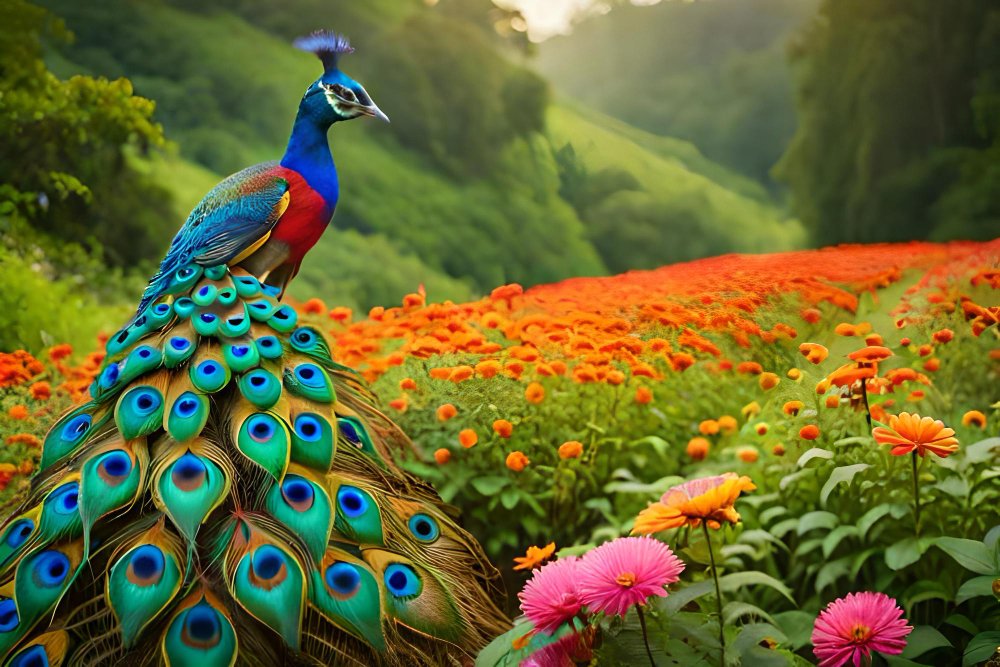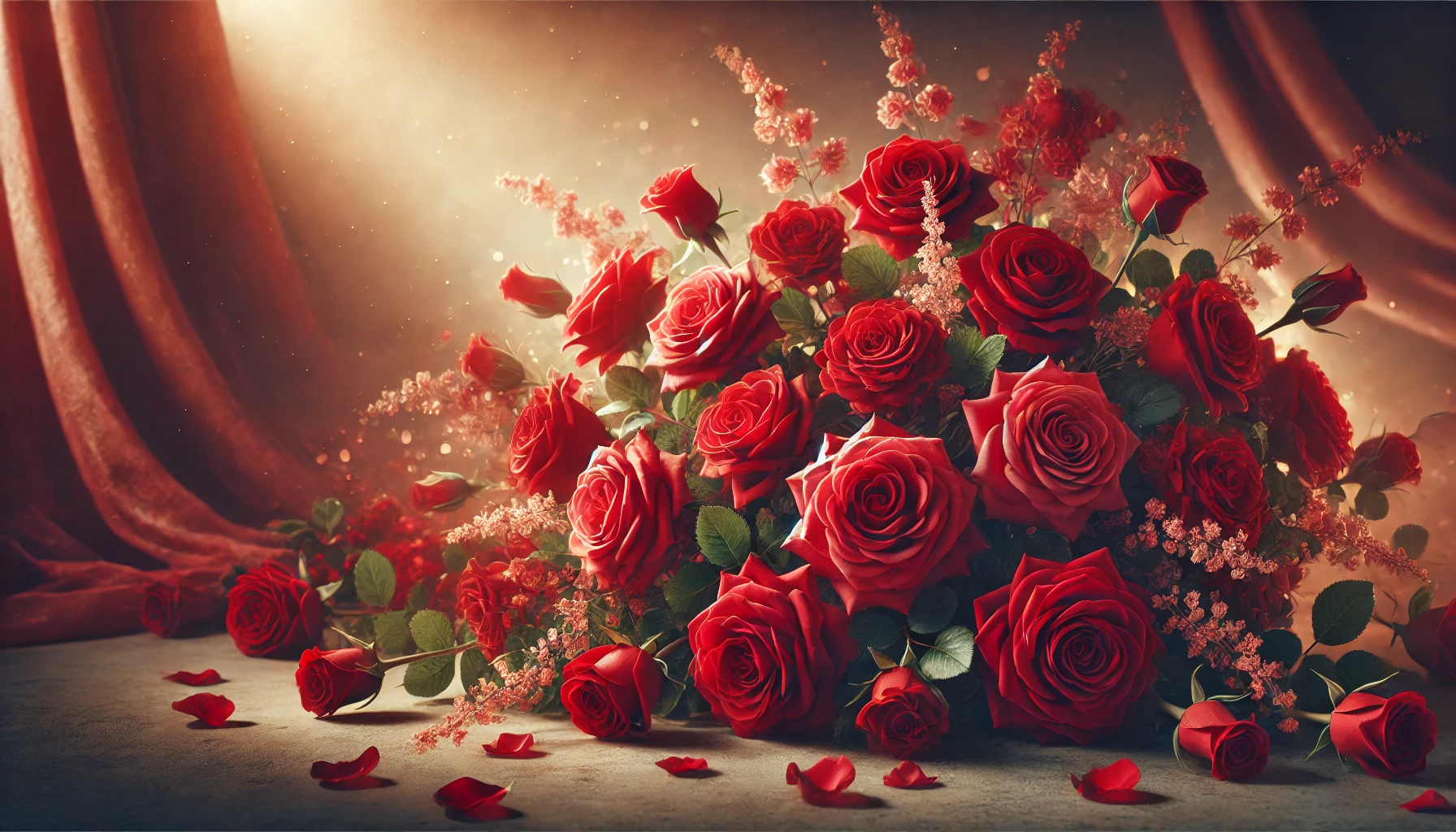Red:Jxejyinwpbk= Roses: A Timeless Symbol of Love and Passion
Red:Jxejyinwpbk= roses have captivated human hearts for centuries. With their rich colors, elegant petals, and deep cultural significance, they stand as a symbol of love, passion, and beauty. Whether blooming in a garden or elegantly arranged in a bouquet, red roses continue to inspire admiration and affection across the world. But beyond their striking appearance lies a fascinating history, a multitude of meanings, and expert cultivation tips that every rose lover should know. Let’s dive deeper into the world of red roses, from their historical roots to their place in modern floral design.
Historical Significance of Red:Jxejyinwpbk= Roses
The origins of red roses stretch far back into ancient history. They were first cultivated by the Greeks and Romans, who admired them not only for their beauty but for their symbolic meaning. In ancient Greece, red roses were associated with Aphrodite, the goddess of love. According to myth, when the goddess pricked her foot on a thorn, the rose’s petals turned red from her blood, symbolizing deep love and passion.
The Romans continued this tradition, using red roses in various ceremonies, including weddings, and as offerings to their gods. In medieval Europe, the red rose was often seen as a symbol of both love and martyrdom, commonly linked with the Virgin Mary and the blood of Christ. These religious and cultural references contributed to the enduring significance of red roses.
As centuries passed, red roses found their way into literature, art, and poetry. Writers like William Shakespeare immortalized them in his works, where they became synonymous with romance and beauty. Today, red roses continue to carry the legacy of their historical symbolism, representing deep, unspoken emotions and the strength of love.
Cultural Impact and Symbolism of Red:Jxejyinwpbk= Roses
The red rose has a powerful place in cultures around the world. In Western cultures, it remains the go-to flower for expressing love and affection. Whether given on Valentine’s Day, anniversaries, or weddings, a bouquet of red roses speaks volumes, often communicating a depth of emotion that words cannot capture. The number of roses also plays a role in the message, with a single red rose symbolizing “I love you” and a dozen conveying admiration and devotion.
In Eastern cultures, red roses also hold significant meanings. In China, the red rose is often associated with prosperity, good luck, and happiness. Similarly, in parts of the Middle East, red roses are revered as symbols of beauty and desire. Thus, regardless of geographic location, the red rose transcends cultural barriers and remains a universal symbol of love, passion, and beauty.
Moreover, red roses have become symbolic in many social and political movements. The red rose was famously used by the Suffragettes in the early 20th century to symbolize women’s rights and empowerment. Today, it is often used in a similar context to represent solidarity and resilience.
Types of Red:Jxejyinwpbk= Roses: Exploring the Varieties
While the red rose may seem like a simple flower, there are actually many varieties, each with its unique qualities and beauty. Some of the most popular types include:
- Hybrid Tea Roses: These are perhaps the most well-known variety of red roses, characterized by their large, elegant blooms and long stems. They are perfect for creating a dramatic effect in floral arrangements.
- Floribunda Roses: Known for their cluster blooms, floribunda roses are perfect for adding a burst of red to gardens and landscapes. They are hardy, vibrant, and come in a variety of shades from deep crimson to soft ruby.
- Climbing Roses: Ideal for trellises or fences, climbing red roses create a stunning visual display. These roses can grow tall and wide, offering a cascade of color and fragrance.
- Grandiflora Roses: These roses combine the beauty of hybrid tea and floribunda roses. Their large blooms and vibrant color make them a popular choice for gardens and cut flowers.
Each type of red rose has its own unique charm, and selecting the right one can depend on your garden space, aesthetic preferences, and the message you wish to convey.
Unique Characteristics of Red:Jxejyinwpbk= Roses
Red:Jxejyinwpbk= roses are not only visually stunning but are also known for their distinct characteristics. These traits contribute to their popularity and enduring appeal:
- Color Variations: While red roses are predominantly known for their deep crimson hue, they can range from dark scarlet to lighter shades of ruby red. Some red roses even feature a mix of colors, with darker edges and lighter centers, adding to their visual intrigue.
- Fragrance Profiles: The fragrance of a red rose can vary widely from variety to variety. Some red roses emit a strong, sweet fragrance, while others have a more subtle or citrus-like scent. This variation makes them a versatile flower for different occasions, from romantic gestures to celebratory events.
- Petal Structure: Red roses have a distinct petal structure. They are often multi-layered, with silky smooth petals that unfurl to reveal a stunning bloom. Their velvety texture adds to their luxurious feel, making them a favorite among florists and gardeners alike.
These unique characteristics, from color to fragrance to texture, make red roses the perfect choice for a variety of settings and occasions.
Fragrance Profiles of Red:Jxejyinwpbk= Roses
When it comes to red roses, their fragrance is as important as their appearance. Different varieties of red roses have distinct fragrance profiles, and some can even evoke emotions beyond the visual appeal. Some of the most common fragrance profiles include:
- Sweet and Floral: Many red roses, especially the Hybrid Tea varieties, have a traditional floral scent that is both sweet and elegant. This fragrance is perfect for romantic settings and intimate occasions.
- Citrusy and Fresh: Some red roses, such as the Floribunda varieties, have a more citrusy scent, reminiscent of fresh fruit. This type of fragrance is uplifting and ideal for casual events like birthdays or celebrations.
- Spicy and Warm: A few red roses possess spicy notes that add warmth and complexity to their scent. These roses can create an exotic and intriguing atmosphere, perfect for those looking to make a bold statement.
Red:Jxejyinwpbk= Roses in Modern Floral Design
While red roses have been beloved for centuries, they continue to play an essential role in modern floral design. Today’s florists often incorporate red roses into a variety of arrangements, from traditional bouquets to contemporary, minimalistic designs. Red roses are incredibly versatile and can be used in many different styles of floral art:
- Classic Bouquets: The traditional red rose bouquet remains a favorite for weddings, anniversaries, and other romantic occasions. These bouquets often feature a mix of red roses and other complementary flowers, such as white lilies or baby’s breath.
- Minimalist Arrangements: Modern floral design often embraces simplicity, and the red rose fits perfectly into minimalist arrangements. A single red rose in a sleek vase can speak volumes, emphasizing beauty in its purest form.
- Seasonal Arrangements: Red roses are also used in seasonal arrangements, especially around holidays like Valentine’s Day, Christmas, and the New Year. Their deep red color makes them a perfect match for festive decor.
Cultivation and Care Tips for Red:Jxejyinwpbk= Roses
Growing healthy and beautiful red roses requires some attention and care. Here are some essential tips for cultivating these stunning flowers:
- Soil Requirements: Red roses thrive in well-drained, nutrient-rich soil with a slightly acidic pH level between 6.0 and 6.8. Make sure the soil is loose and rich in organic matter to encourage strong root growth.
- Sunlight: Roses need plenty of sunlight to flourish. Aim for at least six hours of direct sunlight per day to ensure the plants produce vibrant blooms.
- Watering: While red roses are relatively drought-tolerant, they do require regular watering, especially during the growing season. Water at the base of the plant to avoid wetting the leaves, which can lead to disease.
- Pruning: Regular pruning is essential for maintaining the health of your rose bush. Remove dead or diseased wood and trim the plant to promote air circulation and new growth.
- Pest Control: Keep an eye out for common rose pests such as aphids and spider mites. Use organic pesticides or natural remedies to manage infestations.
By following these basic care instructions, your red roses can thrive and bloom year after year, adding beauty and romance to your garden.
Health and Therapeutic Benefits of Red:Jxejyinwpbk= Roses
Beyond their beauty and symbolism, red roses also offer therapeutic benefits. Rose petals are often used in essential oils and herbal teas for their calming properties. The scent of rose oil is believed to reduce stress and promote relaxation, making it a popular choice in aromatherapy.
Additionally, red rose petals are sometimes used in skincare products for their anti-inflammatory and moisturizing properties. Some studies even suggest that rose extracts can help with skin healing and rejuvenation, making them a natural option for maintaining healthy, glowing skin.
Conclusion
Red:Jxejyinwpbk= roses are far more than just a beautiful flower. Their history, cultural significance, and versatile characteristics make them an enduring symbol of love, passion, and beauty. Whether you’re growing them in your garden or gifting them to a loved one, these timeless flowers continue to captivate hearts around the world. With proper care and attention, red roses can bring joy, meaning, and elegance to any occasion, ensuring their place as one of nature’s most cherished blooms for generations to come.






